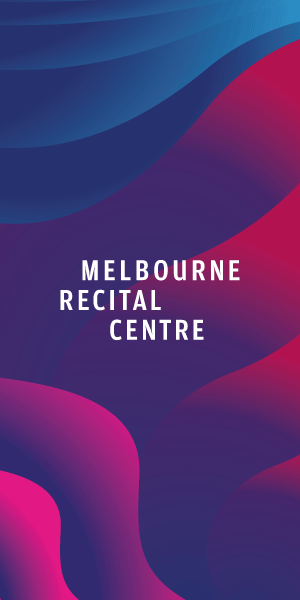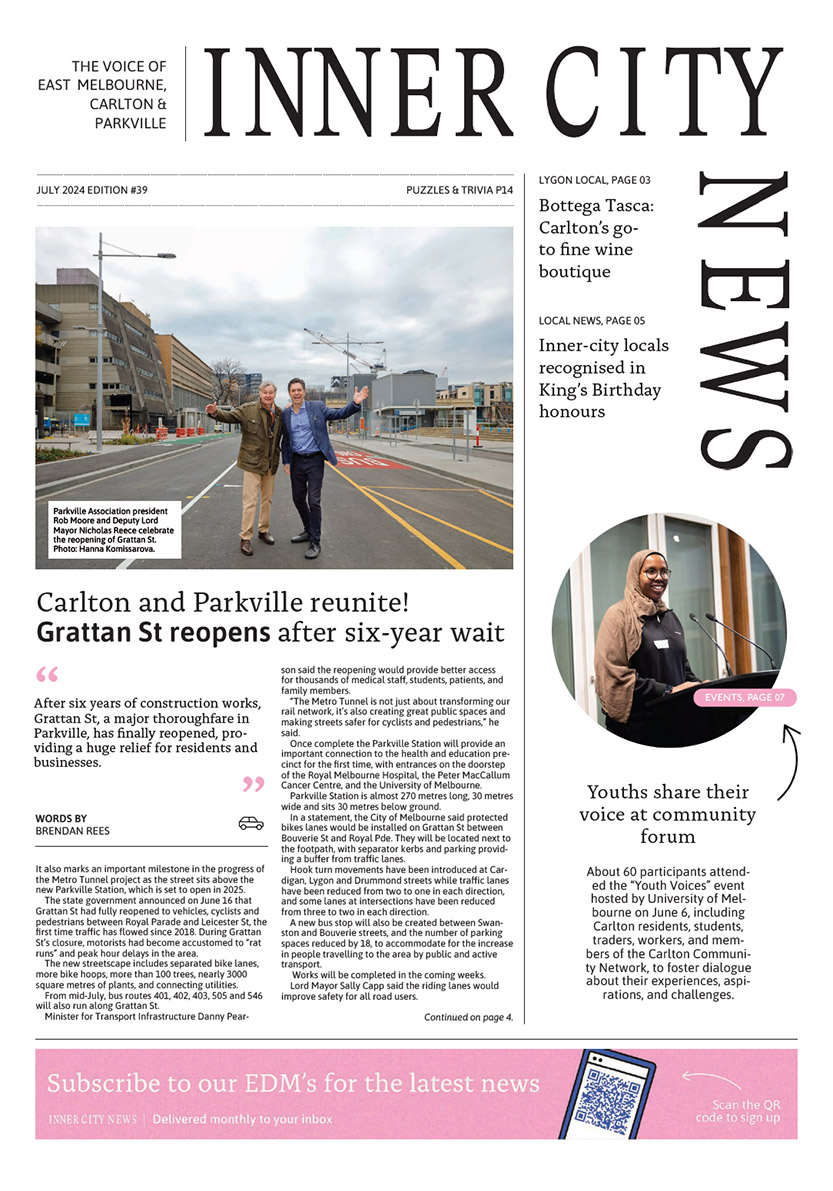The future of cinema and moves towards innovation
Is cinema dying … again?
“The cinema is not a slice of life, but a piece of cake.” – Alfred Hitchcock
Rumours of the death of cinema have plagued the industry since the motion picture camera was invented.
In 1897, one of cinema’s founding fathers, George Méliès, said that cinema was a creation without a future. In the 1920s, the advent of “talkies” coincided with a US economic decline, decimating box office revenue. In the 1950s, when household televisions in the US boomed from 1 million to 50 million, cinema was again doomed. In the 1990s, the rise of home video technology was the new end. Now a new foe is cited as cinema’s likely assassin – digital streaming platforms.
The state of the industry
In 2019, before the pandemic, movie distributors and cinema owners speaking at CinemaCon Las Vegas said there was little to fear from streaming.
However, the pandemic threw movie houses into disarray, with a 67 per cent downturn in Australian box office in 2020. While ticket sales have rebounded to outpace 2020, box office revenue is only 80 per cent of what it was in 2019. Meanwhile, streaming platforms raked in a collective US$14.4 billion in 2023.
Historically, distribution models have relied on a sequential release pattern – a “window” – to maximise profits. However, the industry is changing so rapidly, that traditional strategies are starting to look obsolete.
With film tickets in Australia averaging $16 a pop and the cheapest Netflix subscription costing $7.99 p/m, streaming services easily outcompete cinemas in terms of cost and quantity of access.
However, evaluating value is challenging. Especially given emerging trends that suggest streaming is undergoing an increasing value deficit. In Australia, the collective cost of household streaming platforms averages $60 to $80 a month. What’s more, streaming value is being progressively diminished by a new wave of ingrained advertisements and additional “channels” within platforms requiring an extra fee to access content.
While cinema may not be able to compete in the quantity of showings, its true value lies in the quality of experience. Perhaps most importantly, like going to live sports events rather than watching on television, being in a cinema offers atmosphere, a sense of occasion and a shared experience.
To capitalise on this edge, the industry has thrown its weight behind innovation. Like any market product that wants to remain competitive, cinema business models must account for fresh modes of delivery or risk losing their consumers to rivals. Cinemas around the world are adopting complementary experiential services like live concert scores in cinema. Some of the largest US theatre chains have also introduced ticket subscription services – all you can watch for $18 a month.

Melbourne cinema innovation
Cinemas in Melbourne are embracing this trend towards innovation.
Cinema Nova has long utilised innovations such as their meet-the-filmmaker screenings, retrospectives, late-night marathons, and screened theatrical and operatic performances to engaged audiences. Their latest innovation, Scented Cinema, is perhaps one of their most creative, exhibiting films accompanied by sensory supplements including bespoke fragrances, scratch-and-sniff adventures, and boxes filled with edible treats.
Palace Cinema Kino has created a special events program which includes preview screenings of new release films accompanied by a specially themed drink. The Australian Centre for the Moving Image (ACMI) offers diverse film screenings including Q&A panels with creators and crew mingling nights for people interested in filmmaking to network and hear from established filmmakers and industry pros.
What happens next?
Even with these local innovations, the industry as a whole, is undoubtedly at a tipping point. Streaming services grow in power and the old Hollywood guard faces a choice between change or obsolescence. The perpetually asked question of whether cinema is dying is circulating again. Only time will tell whether these challenges are a death knell or a catalyst for innovation.
Based on historical resilience and the marks of contemporary innovation, this author thinks the latter. •
Upcoming cinematic innovations - Melbourne's inner-city


Bottega Tasca: Carlton’s go-to fine wine boutique






 Download the Latest Edition
Download the Latest Edition